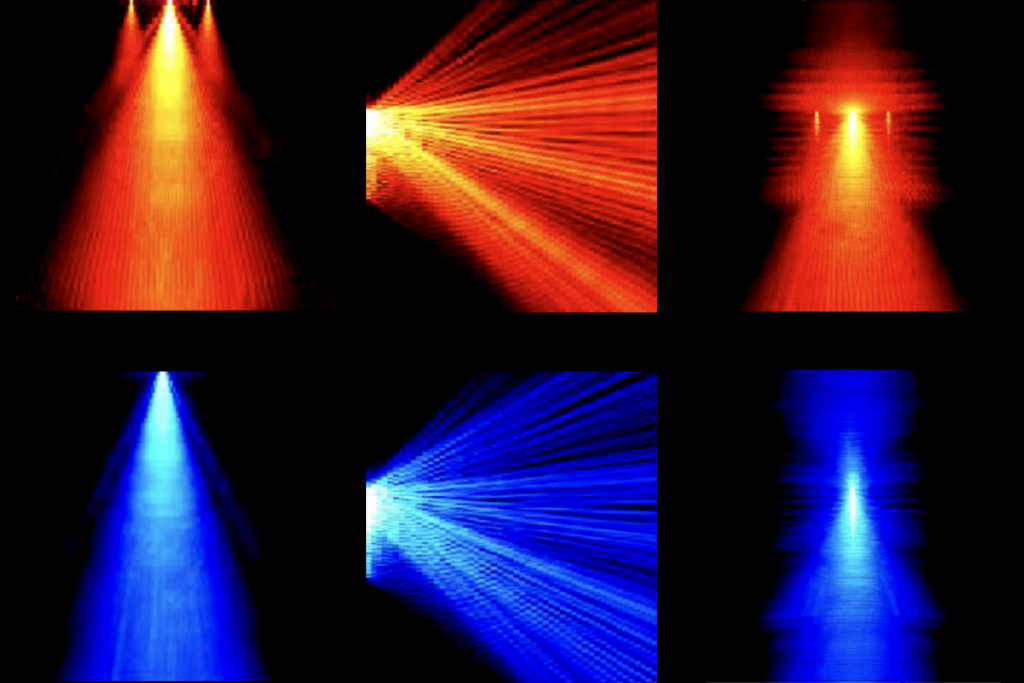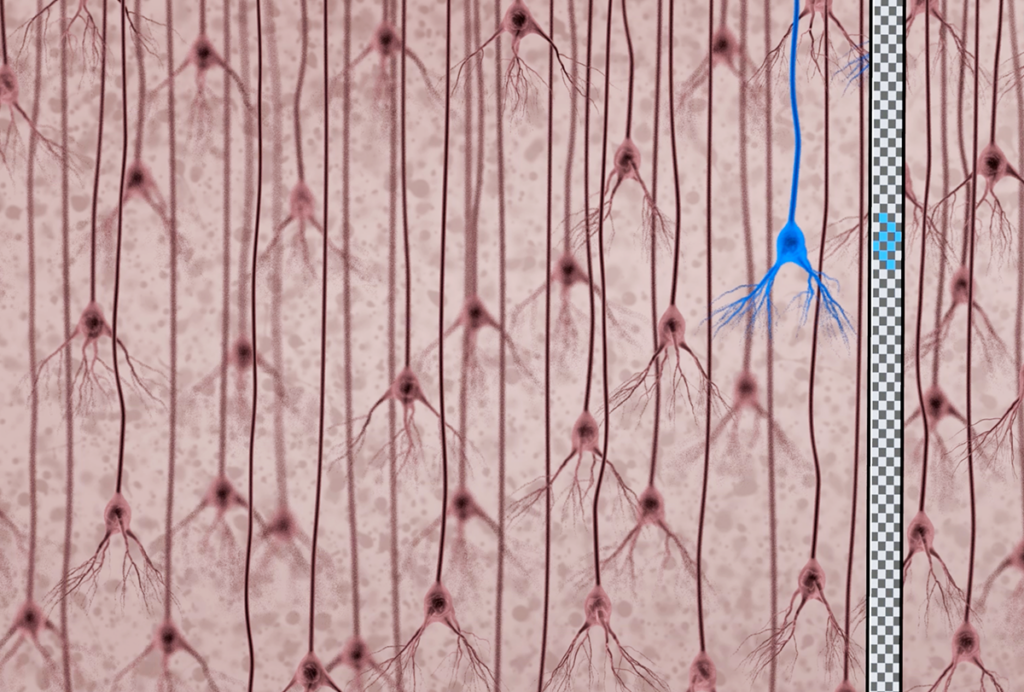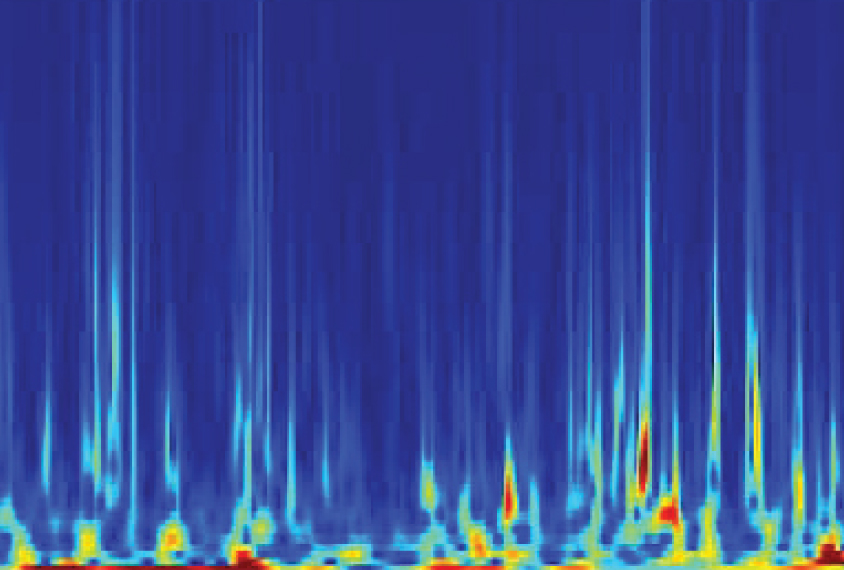
Supple sensor picks up neuron chatter in human brain
A flexible electrode array can eavesdrop on neurons in people without damaging brain tissue.
A flexible electrode array can eavesdrop on neurons in people without damaging brain tissue1. Listening in on neuronal chatter may reveal irregularities that underlie autism.
Scientists can measure brain activity in people undergoing surgery for epilepsy, Parkinson’s disease or other conditions. They typically rely on stiff plates carrying electrode grids or spikes that penetrate the brain’s surface to reach neurons below. But such devices can irritate and damage tissue.
A soft polymer-based implant called NeuroGrid clings to the brain’s folds like cellophane. Originally designed for rats, the 4-micrometer-thick device consists of hundreds of electrodes embedded in a super-flexible polymer film. The electrodes connect via a single cable to machinery outside the brain that amplifies and records neuron activity.
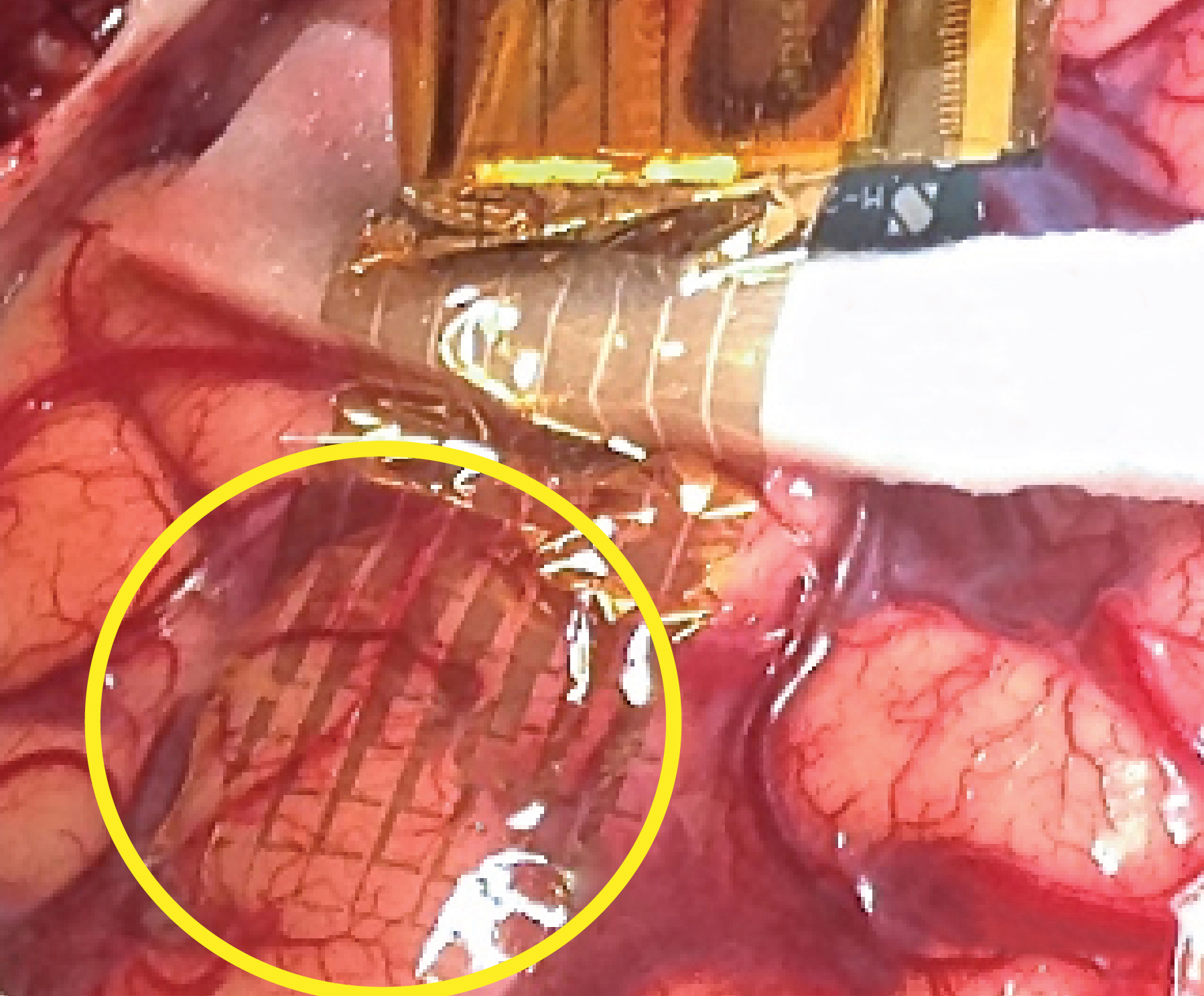
The researchers adapted the rat array for use in people. The array comes in two versions — one with 120 electrodes that covers 420 square millimeters and the other twice as large. The rodent version, by contrast, covers just 1 square millimeter. The researchers described the new array 9 November in Science Advances.
The device includes tiny holes that allow the fluid that cushions the brain to flow through it. This modification prevents pressure from building up beneath the device. It also helps to keep the array flat and makes it more flexible.
The researchers implanted the device in the brains of five people undergoing surgery for epilepsy; four were under general anesthesia. In these individuals, the scientists recorded large-scale brain activity patterns that match patterns recorded using more invasive techniques.
In the awake individual, the surgeons mapped the brain’s language centers to avoid damaging them during surgery. NeuroGrid was more sensitive to changes in the activity of individual neurons than were conventional arrays.
NeuroGrid can be fabricated in different shapes and sizes to cover the brain area of interest. The researchers aim to make the technology commercially available.
References:
- Khodagholy D. et al. Sci. Adv. 2, e1601027 (2016) Abstract
Recommended reading
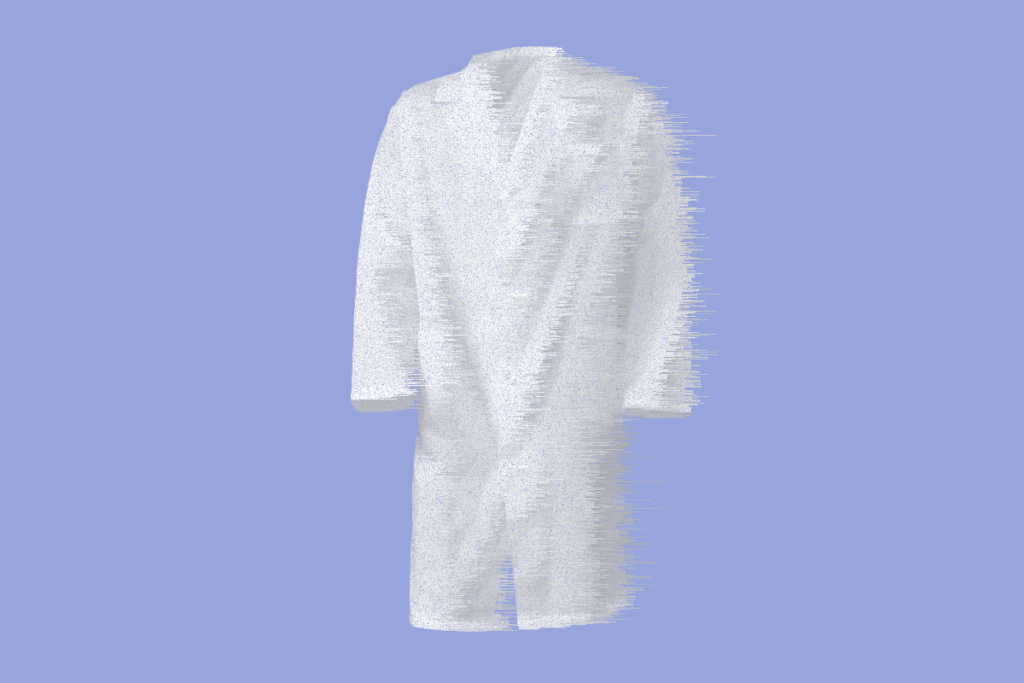
Federal funding cuts imperil next generation of autism researchers
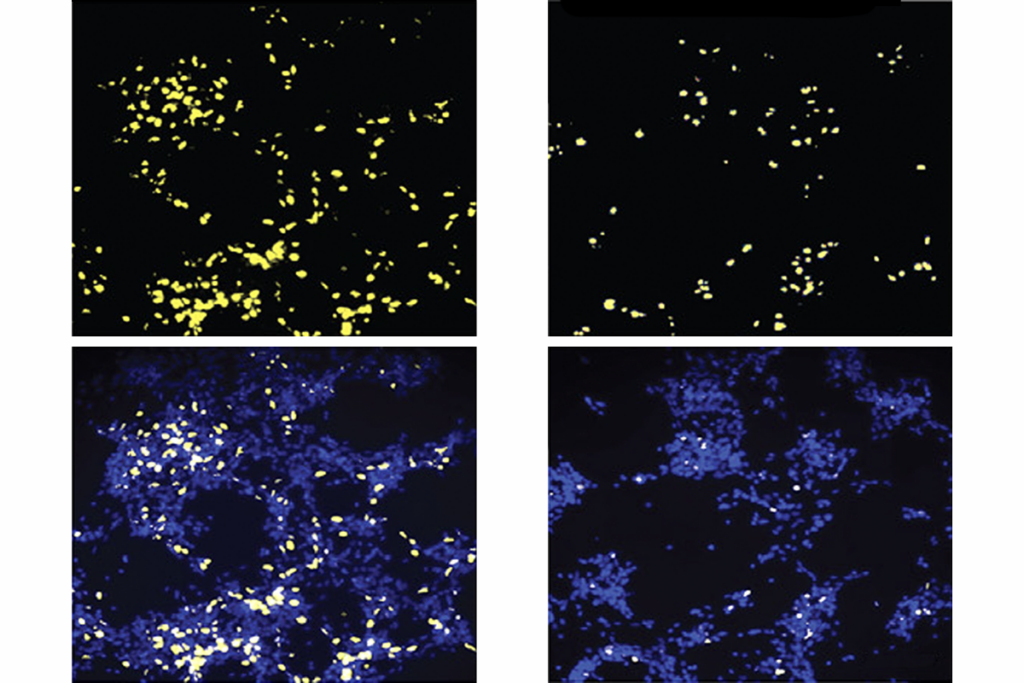
Documenting decades of autism prevalence; and more

Expediting clinical trials for profound autism: Q&A with Matthew State
Explore more from The Transmitter
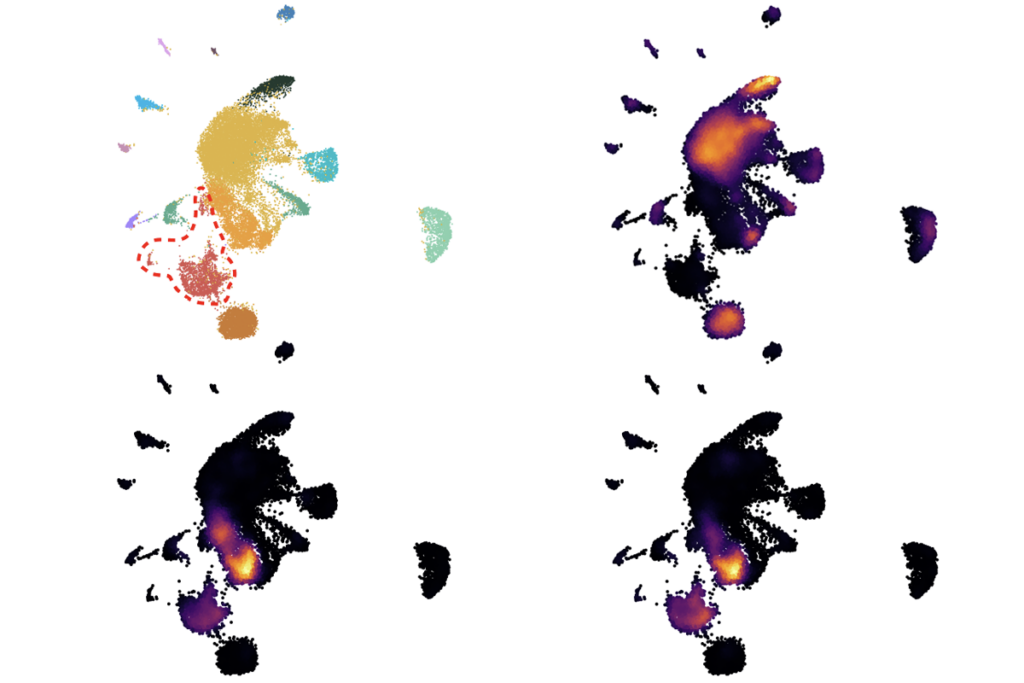
Null and Noteworthy: Reanalysis contradicts report of immune memory in astrocytes
